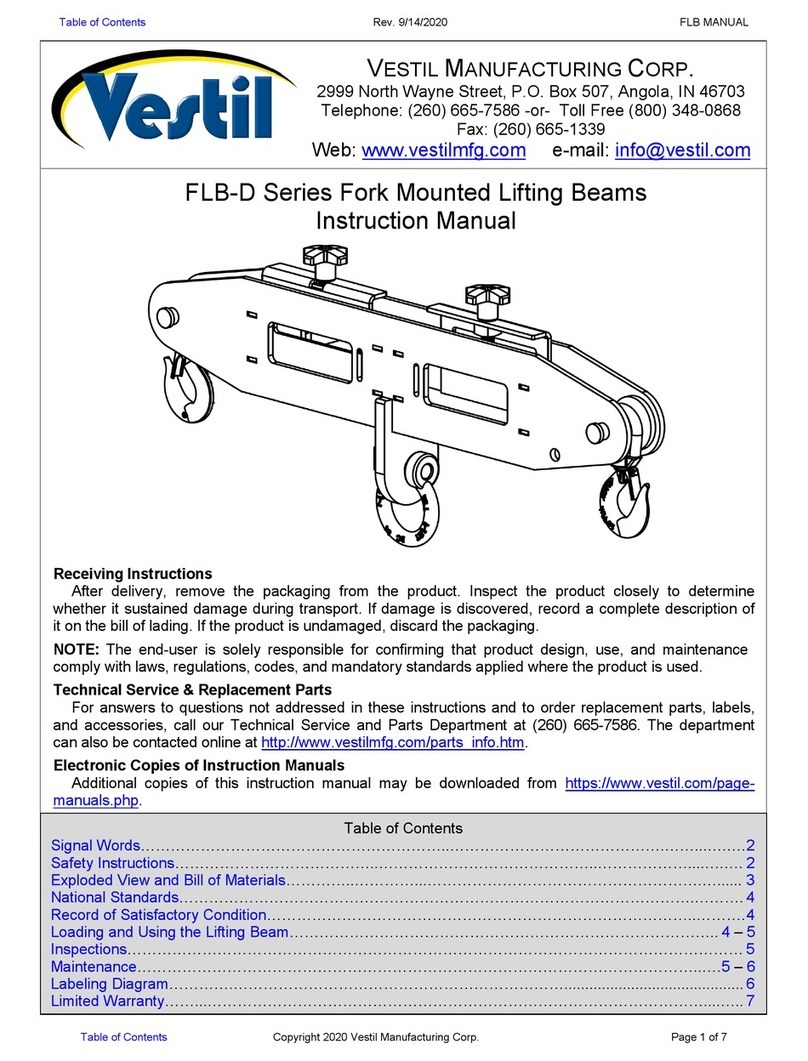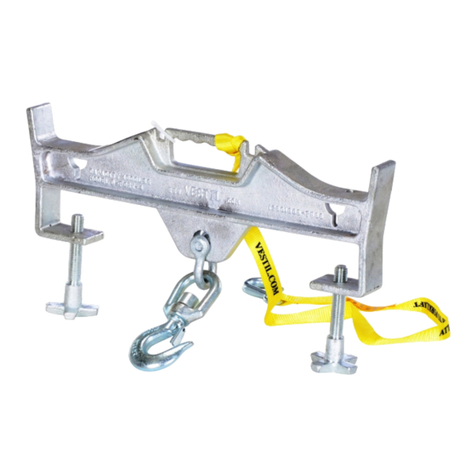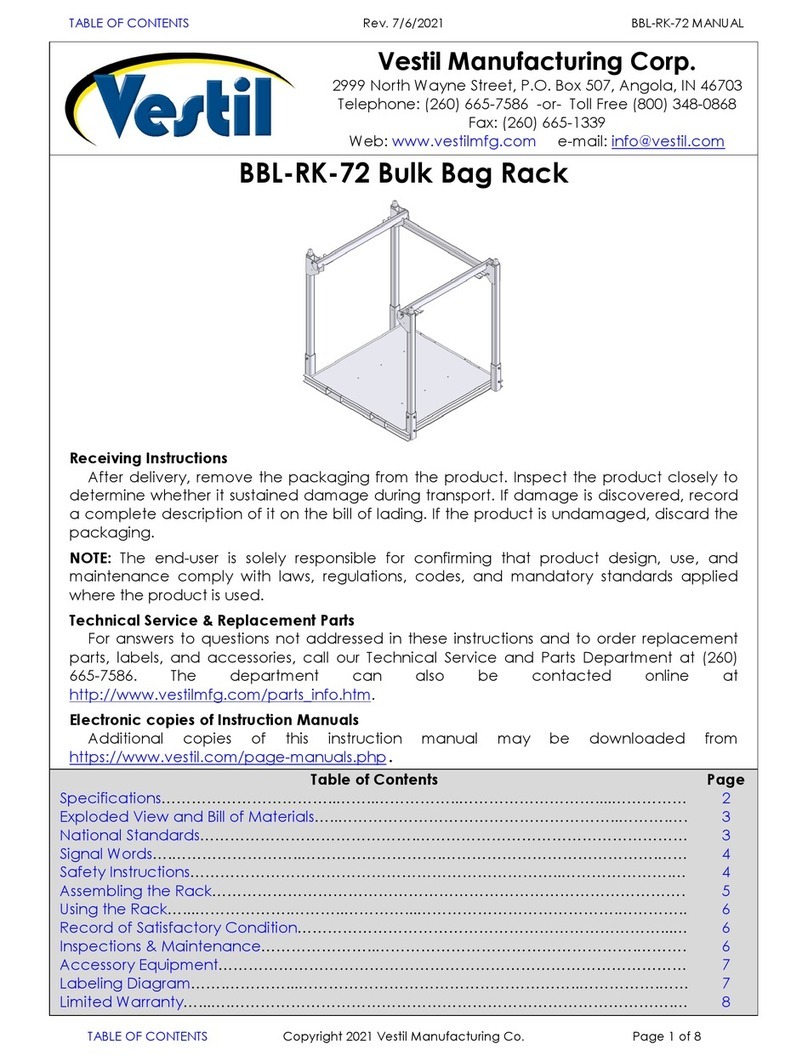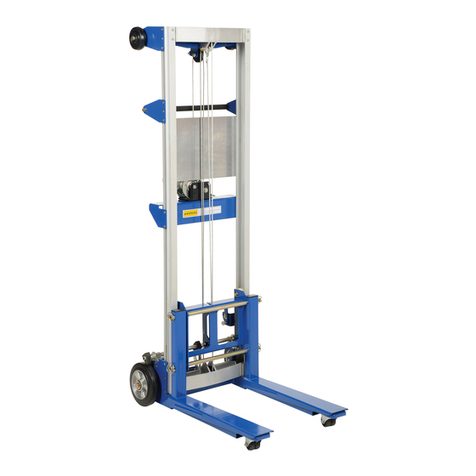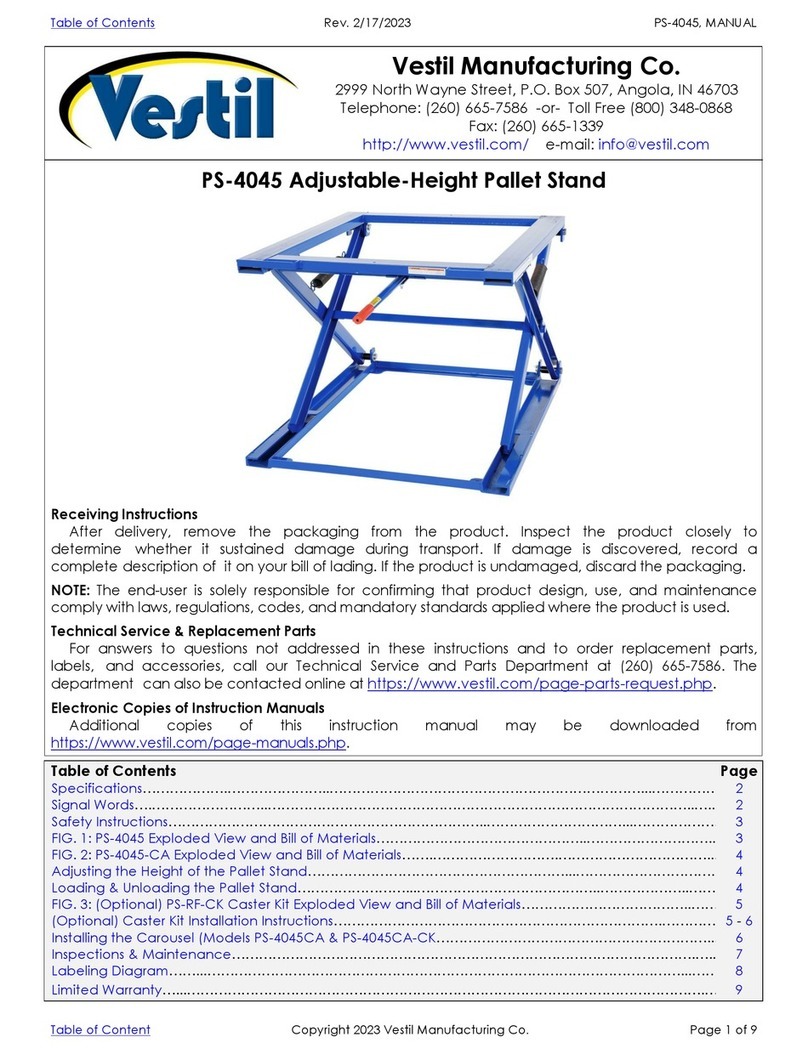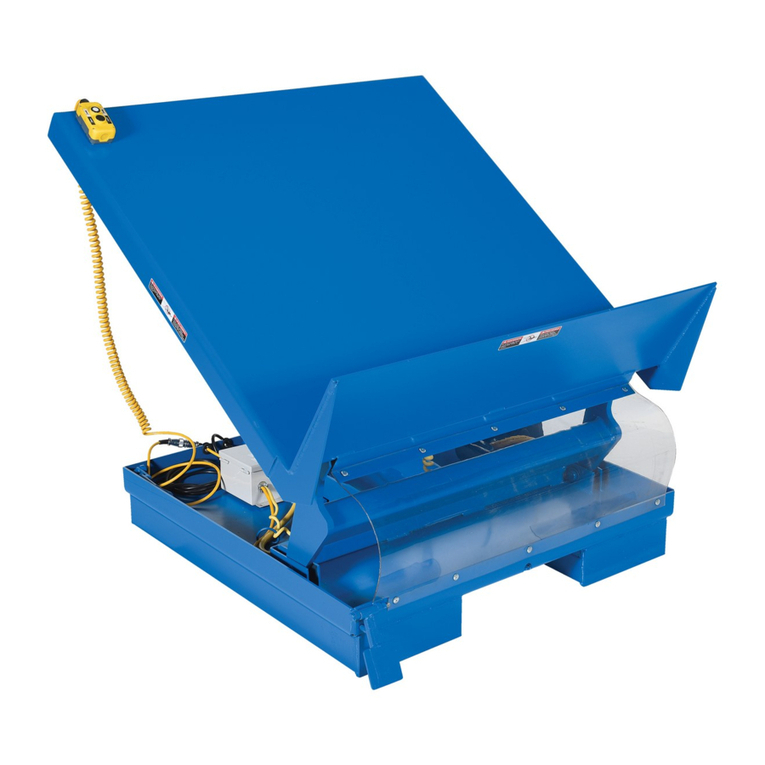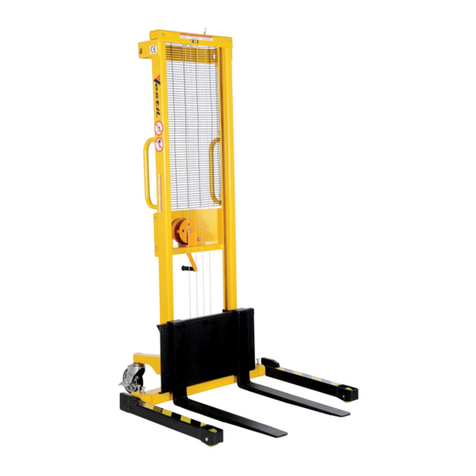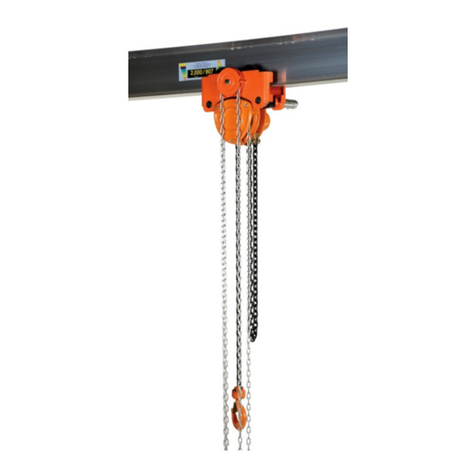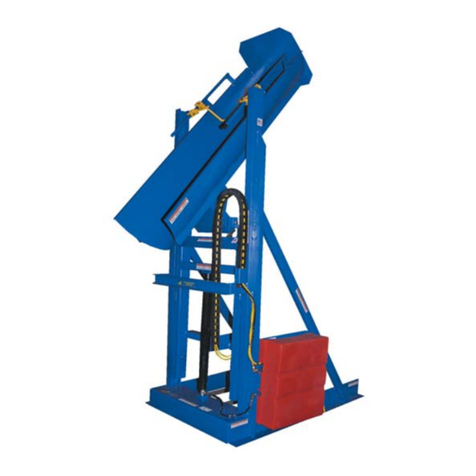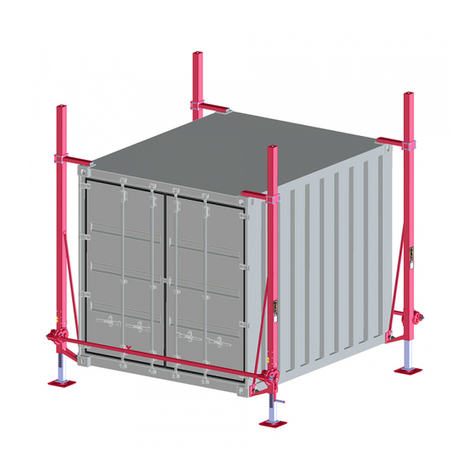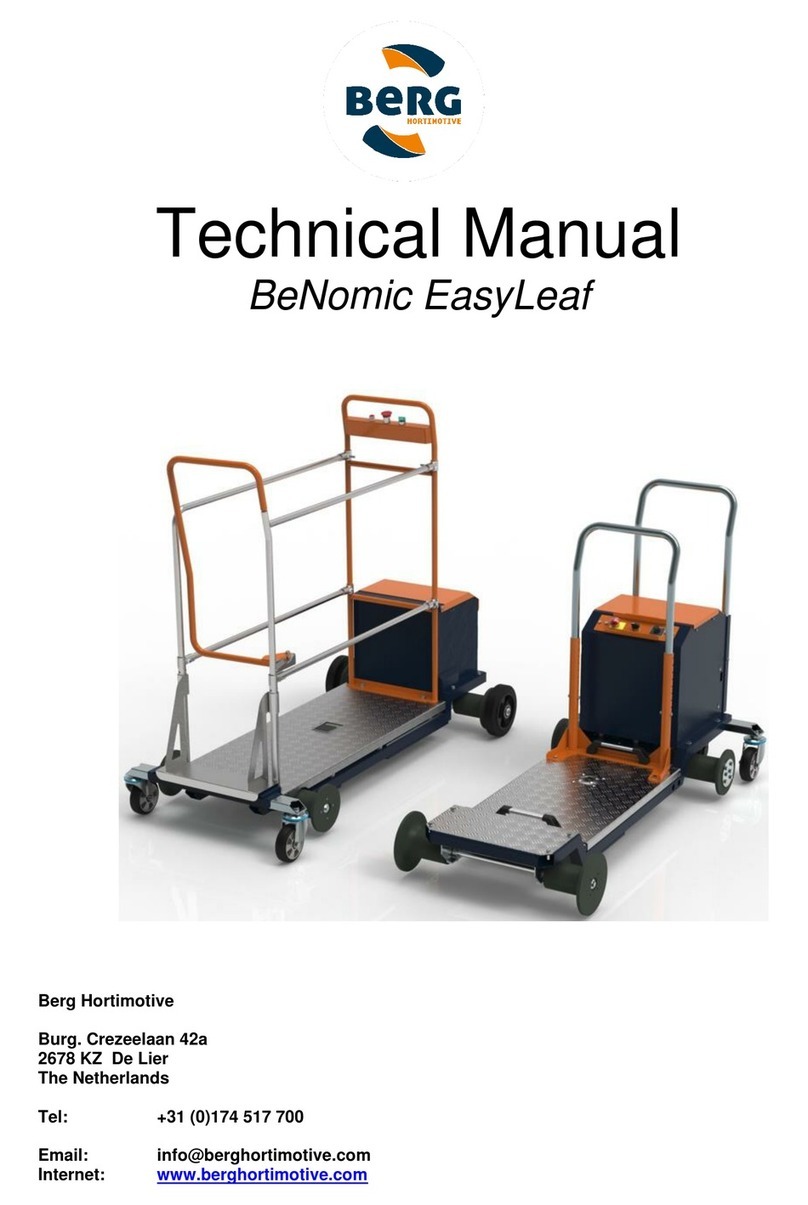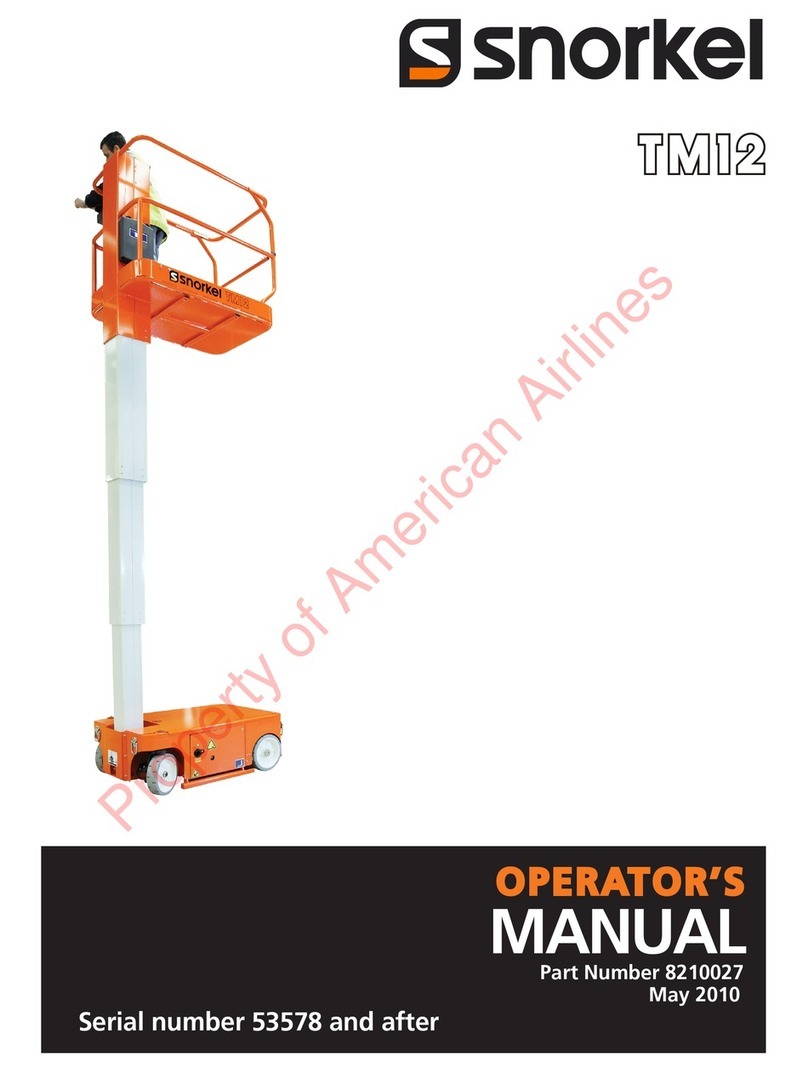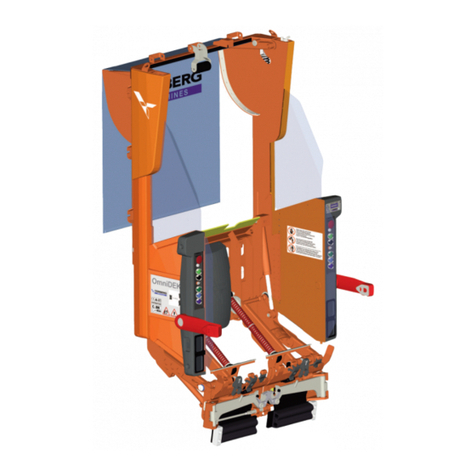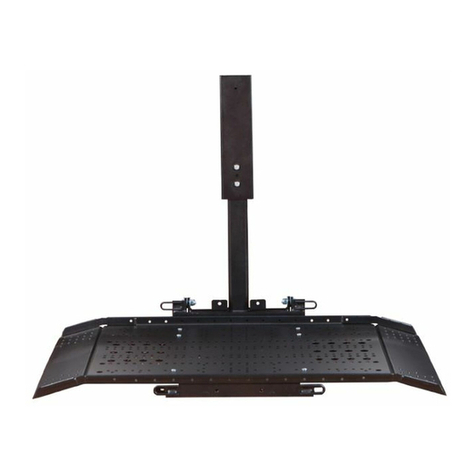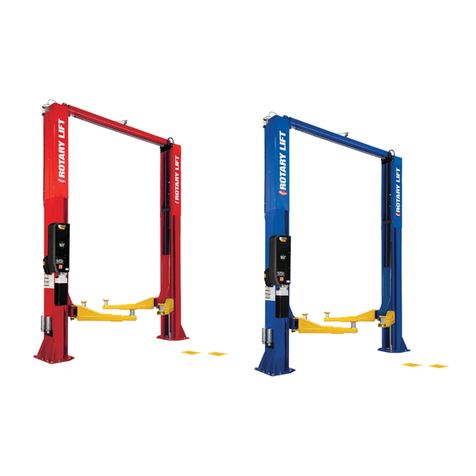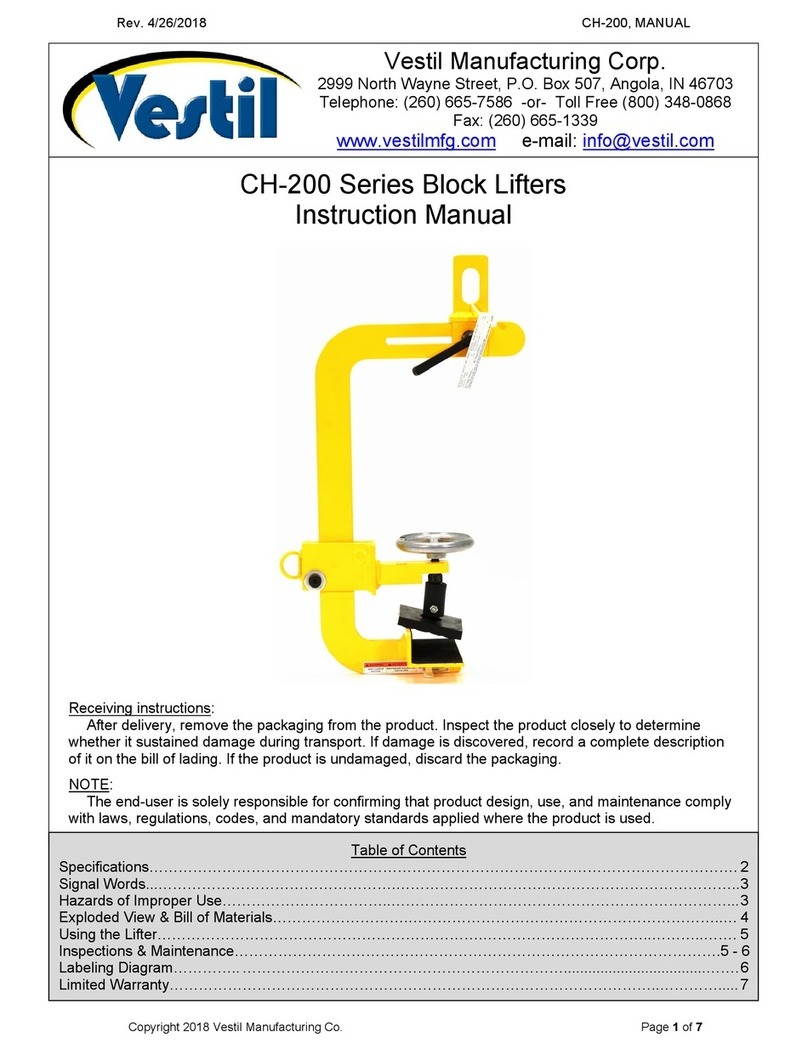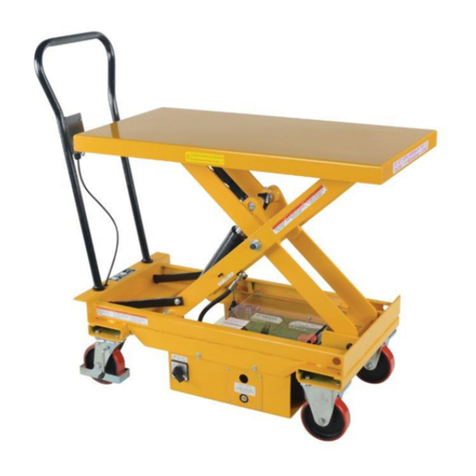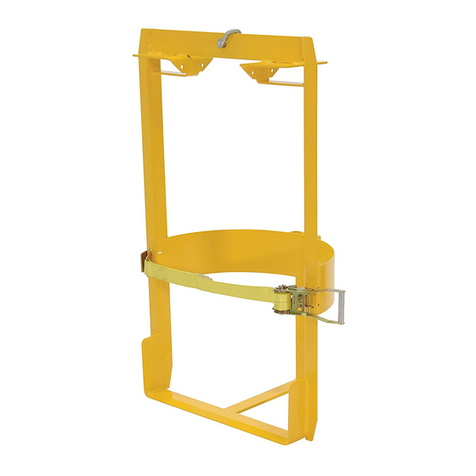
Table of Contents Rev. 9/26/2023 D-NS-100-LD, MANUAL
Table of Contents Copyright 2023 Vestil Manufacturing Co. Page 6 of 8
RECORD OF SATISFACTORY CONDITION
After receiving the unit and before using it for the first time, create a record that describes the
appearance and operation of the hopper. Thoroughly photograph the unit from multiple angles. Take
close range photographs of the labels, release mechanisms, safety chain—particularly at each end, pivot
points, and pivot point hardware. Mount the hopper of the forks of your forklift and apply the safety chain.
Elevate the hopper and release the chute. Record your observations about how the unit looks and
sounds as the chute rotates. Lower the unit and secure the chute to the frame. Record your observations.
This written record establishes satisfactory condition. Compare the results of all inspections to this record to
determine whether a component is in satisfactory condition or requires repair or replacement. If issues are
discovered during an inspection, DO NOT use the hopper until it is restored to satisfactory condition. Purely
cosmetic changes, like damaged surface coating (paint or powdercoat) are not changes from
satisfactory condition. However, touchup paint should be applied wherever the finish is damaged as soon
as damage occurs.
INSPECTIONS & MAINTENANCE
Inspections and repairs should only be performed by qualified persons. Compare the results of each
inspection to the RECORD OF SATISFACTORY CONDITION (the “RECORD”). Do not use the hopper unless
all parts are in satisfactory condition. Replace parts that are not in satisfactory condition before using the
hopper again. DON’T GUESS! If you have any questions about the condition of your hopper, speak with
TECHNICAL SERVICE personnel.The phone number is provided on the cover page of this manual. Never
make temporary repairs of damaged or missing parts. Only use manufacturer-approved replacement
parts.
Step 1: At least once per month, tag the hopper “Out of Service.”
Step 2: Inspect the hopper. Replace any component that is not in satisfactory condition.
1.) Pivot points: Check for excessive wear, warping, or other significant damage to pivot pins, cotter
pins, and pin receivers.
2.) Hopper chute and base frame: Examine the structures for damage, deformation, and corroded or
excessively rusted regions. Remove rust with a steel bristle brush and apply touch-up paint to
exposed metal.
3.) Hardware (bolts, nuts, pins, cotter pins, retaining rings): Inspect hardware for looseness and severe
wear. Tighten loose connections and replace all damaged hardware.
4.) Casters (if hopper is equipped with caster kit): Check for looseness, excessive wear, and damage to
the caster wheels, caster bearings, mounting brackets, and mounting hardware.
5.) Release mechanism: The torsion spring should cause the latch lever to automatically recoil and the
lever should firmly contact the release lock bar. Check the release cable for frays, thinning, corrosion,
and bird-caging. Replacement kit 37-154-044 (shown in exploded views on p. 5-13) includes a
handle, cable, and 2 wire clamps (1/4”). To install a replacement handle and cable kit, loosen the
nuts of both wire clamps and feed the free end of the cable through the clamps. Insert the end of
the cable through the hole in the manual chute release lever (see diagram on p. 15). Feed the cable
back through the clamps and tighten all 4 nuts.
6.) Pivot points: Listen for unusual sounds. Watch for irregular movements. Remove dirt and debris from
areas that could affect the dumping motion.
7.) Carriage chain: Examine the chain, the attachment to the base frame, & the quick links for damage.
8.) Labels: All labels should be present in the locations shown in the Labeling Diagram on p. 17.
Step 3: Make all adjustments, replacements, and repairs necessary to restore satisfactory condition.
DO NOT modify the hopper in any way without first obtaining written approval from Vestil.
Modifications automatically void the Limited Warranty and might make the hopper unsafe to use.
Modifications are changes that alter the hopper, like or removing or bending a component.
Step 4: Make a dated record of all repairs and replacements.
